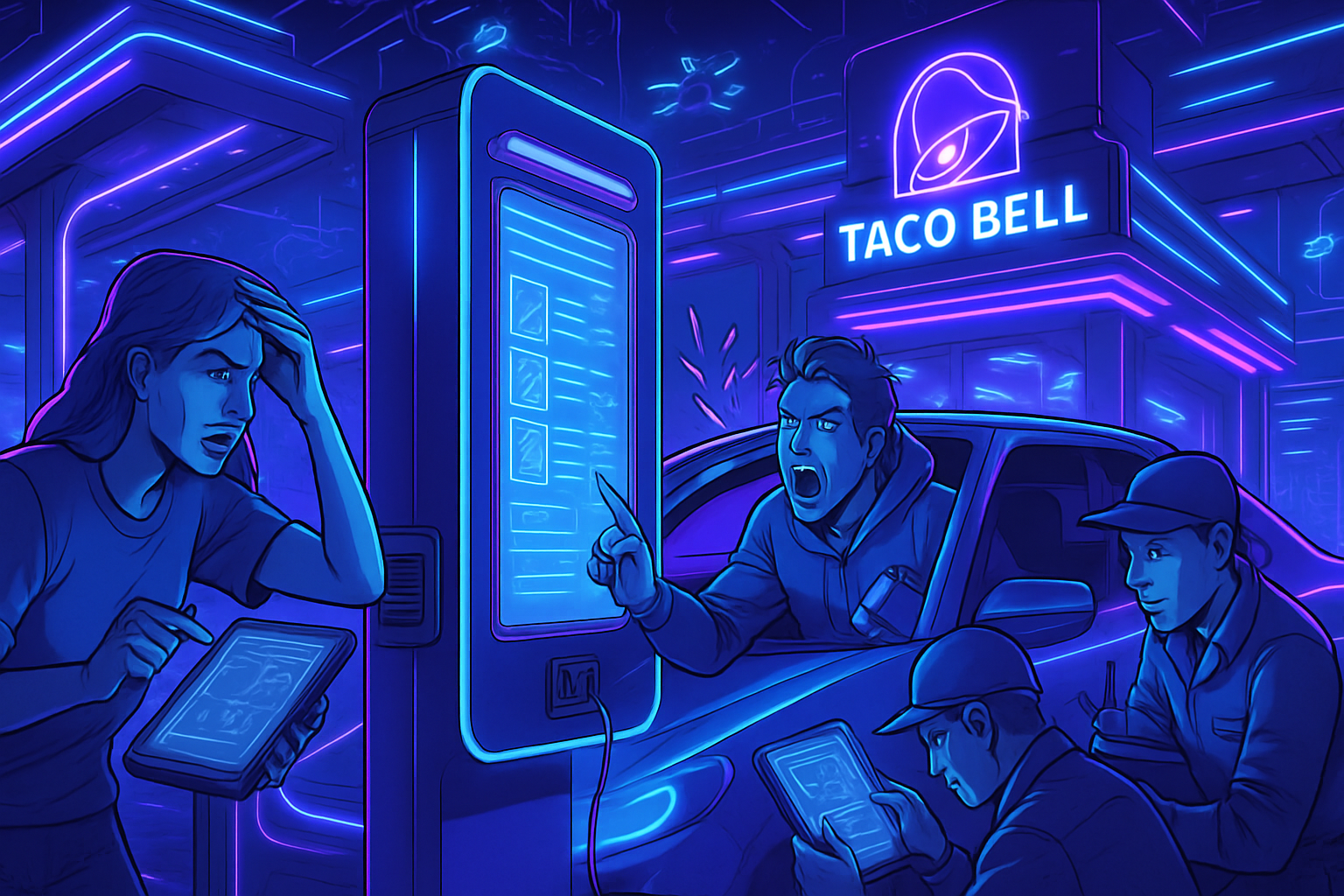Sadness emerges as an unyielding reality, often perceived as an abyssal chasm between our expectations and the tangible reality. This fundamental emotion, often reduced to a mere reaction to disappointments, reveals a more complex dimension, where the acceptance of disenchantment can prove to be salvific. Far from being synonymous with weakness, sadness invites necessary introspection, highlighting the value of _authentic human experiences_. Within the interstices of pain lies an opportunity for awakening, prompting the restoration of a precious connection with oneself. This dynamic offers a novel perspective on the human psyche, thereby promising a reevaluation of our relationship with this often-stigmatized emotion.
Sadness: A Gap between Our Expectations and Reality
Sadness, often perceived as a negative emotion, reveals a significant gap between our expectations and reality. This phenomenon, studied by various psychologists, sheds light on the unconscious effects this emotion can exert on our behavior and perception of the world. Research indicates that sadness can, paradoxically, enhance concentration and minimize distractions, aspects often overlooked.
The Emotional Foundations of Sadness
Often interpreted as a reaction to disappointment or loss, sadness is one of the fundamental emotions defined by Paul Ekman. This psychologist noted that individuals experience this emotion when there is a discrepancy between their expectations and the reality they are experiencing. This dissonance can engender a state of reflection, allowing the individual to reevaluate their goals and redefine what is essential to them.
Sadness versus Depression
A crucial distinction exists between sadness and depression. Sadness acts as a normal and transient emotion, while depression represents a pathological state. The former can occur during a dissociation between our realistic expectations and aspirations, while the latter requires a medical diagnosis, involving persistent suffering. Recognizing sadness as a human reality is fundamental for psychological health.
The Impact of Sadness on Behavior
Negative emotions, such as sadness, have measurable effects on inhibitory control. Studies show that participants experiencing this emotion demonstrate an increased ability to focus on tasks, in contrast to those in a neutral or happy mood. This can be explained by the introspective nature of sadness, which prompts a reduction in distracting elements. The implications for psychotherapy are significant, as harnessing these emotions can enrich sessions with patients.
Relational Loss: A Trigger for Sadness
Relational loss constitutes a central element in the emotional economy of sadness. The severing of emotional ties, whether friendly or romantic, engages a grieving process. This allows for reconnection with oneself, fostering the emergence of deeper reflections on one’s own emotional needs.
The Stigmatization of Sadness
Society has often rejected sadness in favor of an ideal of perpetual happiness. This tendency leads to stigmatization, equating sadness with weakness or even failure. It is essential to rehabilitate this often unsettling emotion, viewing it as a vital component of human experience. Sadness, far from being an obstacle, can become a stage of personal growth.
The Role of Technology in Emotional Understanding
The understanding of emotions, particularly sadness, has piqued the interest of modern technology. Advances in artificial intelligence have enabled the development of emotion detection tools through facial analysis. These technologies can assist in the early diagnosis of depression. Furthermore, the consumption of negative online content has been associated with the exacerbation of mental health issues, as revealed by a recent study. The regulation of the information we consume could thus influence our emotional state.
Sadness: A Tool for Creation
In a creative context, sadness can lead to powerful artistic works. Many artists have often shared their reflections on the influence of this emotion on their creative process. Far from being a hindrance, sadness can serve as a source of inspiration, allowing artistic expression to reach unforeseen heights. Through this lens, sadness transforms into a potential resource.
Conclusion: Emotional Balance
Dealing with sadness requires adequate emotional education. Developing an acceptance of this emotion fosters a healthier balance between joy and suffering. Teaching individuals how to navigate through this emotion constitutes a path toward enriched well-being.
Questions and answers about Sadness: the gap between our expectations and reality revealed by Delt.
What is sadness and how does it manifest?
Sadness is a fundamental emotion often caused by a dissonance between our expectations and reality. It manifests as feelings of emotional pain and may include expressions like crying or melancholy.
How to differentiate sadness from depression?
Sadness is a temporary emotion, while depression is a lasting state of discomfort accompanied by other symptoms such as loss of interest in daily activities. Depression requires a professional assessment for an appropriate diagnosis.
What are the positive consequences of sadness on our well-being?
Sadness can improve inhibitory control, helping to concentrate by reducing distractions. It can also serve as a mechanism for reflection, allowing one to evaluate what is important in their life.
Does sadness have a function in psychotherapy?
Yes, sadness is often explored in psychotherapy to allow a more accurate diagnosis of emotional pain. Recognizing and understanding this emotion can help address the underlying causes of suffering.
How does society perceive sadness compared to happiness?
Traditionally, sadness is often rejected in favor of happiness. However, more and more discourse acknowledges its value as an emotion that can lead to a deeper understanding of oneself.
Why is it important to recognize one’s sadness?
Recognizing one’s sadness is crucial as it can facilitate the grieving process and acceptance of relational losses, elements that are often integral to our emotional experience.
What advice is there for managing periods of sadness?
Taking time for self-reflection, talking to a trusted friend, or consulting a mental health professional can be effective strategies for better managing difficult periods of sadness.
Is sadness necessary for personal development?
Yes, sadness can be considered necessary as it allows for introspection and alignment with true personal values, which can foster personal development.
How does sadness influence our creativity?
Historically, sadness has been seen as artistic inspiration. It can open new perspectives and foster creative expression, allowing the exploration of deep and often neglected themes.






